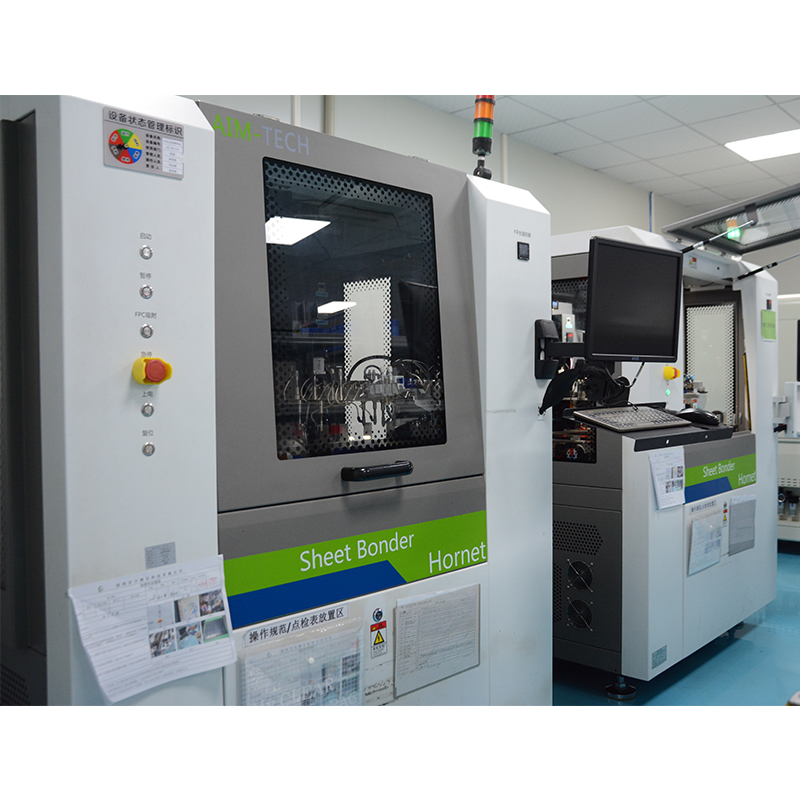Rigid-flex circuit boards are becoming increasingly popular in the electronics industry due to their flexible properties and ability to withstand complex applications. The boards are constructed from a combination of flexible and rigid materials, allowing them to adapt to irregular shapes while providing stability and durability. However, as with any electronic component, rigid-flex circuit boards can easily bend and break if proper precautions are not taken. In this blog post, we will discuss some effective strategies to prevent these boards from bending and breaking.
1. Choose the right material
Material selection can significantly affect the strength and flexibility of a circuit board. When designing rigid-flex circuit boards, materials with high flexibility and mechanical strength must be selected. Look for materials with a low coefficient of thermal expansion (CTE), meaning they expand and contract less as temperature changes. In addition, materials with excellent tensile strength and high glass transition temperature (Tg) are preferred. It is important to consult with your manufacturer or supplier to find the best material options for your specific application.
2. Optimize design
Optimized design is critical to ensure the reliability and robustness of rigid-flex circuit boards. Consider factors such as component placement, trace routing, and reinforcement. Placing heavier components on rigid parts of the board can help distribute weight evenly and reduce stress on flexible areas. Also, design your traces carefully to avoid sharp bends or excessive strain. Use teardrop or rounded corners instead of 90-degree angles to reduce stress concentrations. Reinforce weak areas with additional layers of copper or adhesive material to increase flexibility and prevent cracking.
3. Control the bending radius
Bending radius is a key parameter that determines how much a rigid-flex circuit board can bend without damage. It is critical to define an appropriate and realistic bend radius during the design phase. A bend radius that is too small may cause the board to crack or break, while a radius that is too large may cause excessive strain on the flex part. The appropriate bend radius will depend on the specific materials used and the overall design of the circuit board. Please consult your manufacturer to ensure the bend radius selected is within the recommended limits.
4. Minimize overstress during assembly
During assembly, soldering and handling of components can create stresses that can affect board reliability. To minimize these stresses, choose surface mount technology (SMT) components because they put less stress on the circuit board than through-hole components. Properly align components and ensure that the heat generated during soldering does not cause excessive thermal stress on the board. Implementing automated assembly processes using precision equipment can help reduce human error and ensure consistent assembly quality.
5. Environmental considerations
Environmental factors can also have a significant impact on bending and breaking of rigid-flex circuit boards. Temperature changes, humidity, and mechanical shock can all affect the reliability of these boards. It is critical to conduct thorough environmental testing and analysis to understand the limitations and capabilities of a specific circuit board design. When selecting materials and designing your circuit board, consider factors such as thermal cycling, vibration resistance, and moisture absorption. Implement protective measures such as conformal coatings or sealants to protect circuit boards from moisture, dust, and other contaminants.
In summary
Preventing rigid-flex circuit boards from bending and breaking requires a combination of careful material selection, optimized design, control of bend radii, correct assembly techniques, and environmental considerations. By implementing these strategies, you can enhance the overall durability and reliability of your board, ensuring optimal performance even in the most demanding applications. Always work with experienced manufacturers and suppliers to leverage their expertise and guidance throughout the design and manufacturing process.
Post time: Oct-07-2023
Back







